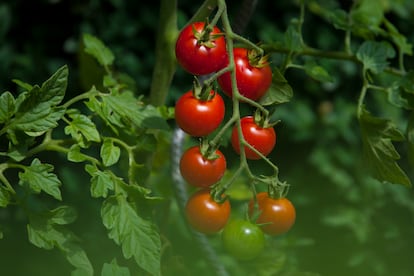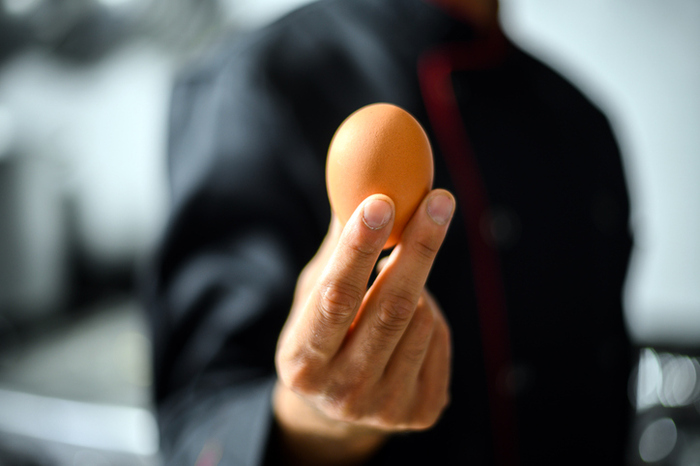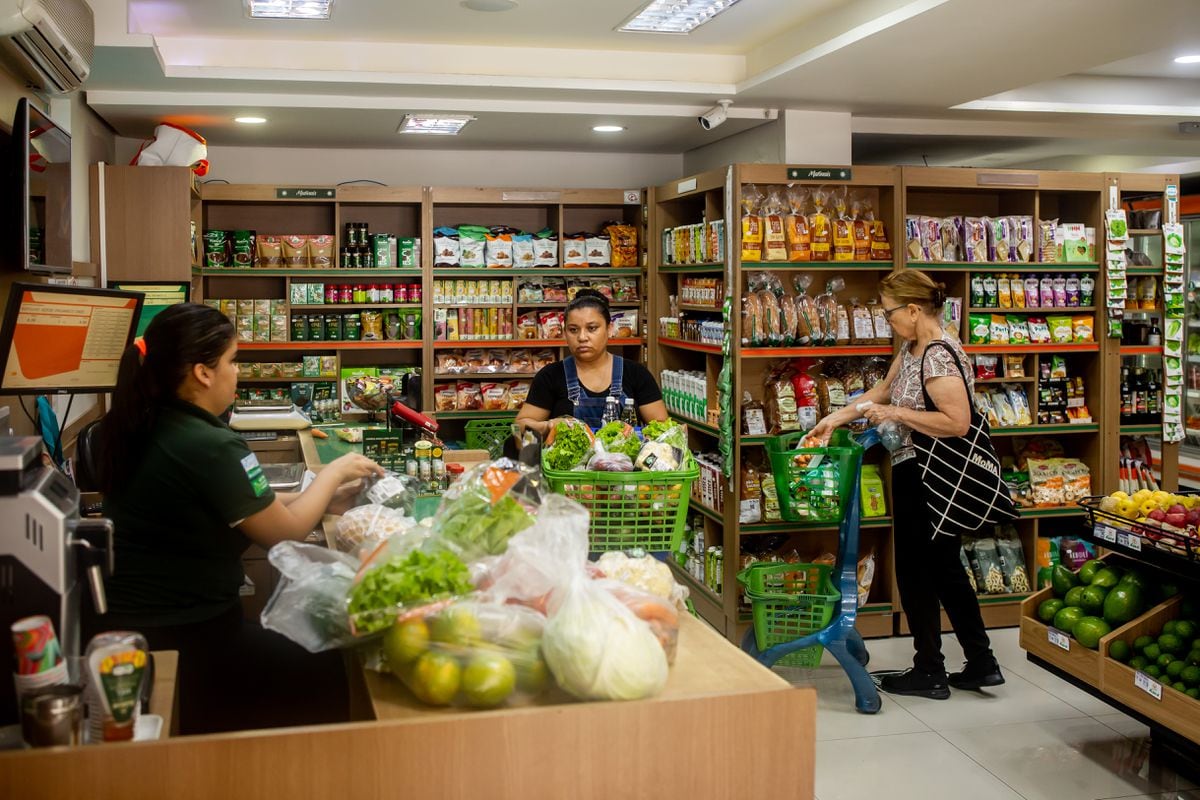Essential for the bones to fix calcium, vitamin D is not abundant.
The action of the Sun on the skin is the main source of this compound and if there is none, oily fish, the liver of some animals and eggs are almost the only alternatives in the diet.
Now, a group of researchers has managed to make tomatoes produce as much vitamin D as two eggs have using a genetic modification technique.
This is good news for vegans and for the more than 1 billion people who are deficient in this essential micronutrient.
Vitamin D is a hormone resulting from the action of medium wave ultraviolet rays (UVB) on human skin.
This action converts a substance called 7-dehydrocholesterol (7-DHC), a precursor to cholesterol, into the vitamin.
7-DHC is present in tomato leaves and in green tomatoes.
But, as it matures, it is lost.
Five years ago it was discovered that this plant has two metabolic pathways for 7-DHC.
One uses it, especially, to produce defenses against pathogens.
But the other, without knowing the reason yet, does not use it.
Researchers from research centers in several countries have used this second route to activate the production of 7-DHC, also called provitamin D3.
The main author of the work, Cathie Martin, a scientist at the John Innes Centre, a British horticultural research institute, explains the process: "Provitamin D3 is synthesized in the tomato as an intermediate in the production of cholesterol and steroidoglycyl alkaloids [substances with activity against pathogens].
We eliminated the activity of the enzyme that converts 7-DHC to cholesterol, which allowed 7-DHC to accumulate in high amounts in the leaves, but also in higher levels in green fruit and even ripe fruit."
To deactivate this enzyme, the scientists used the CRISPR genetic modification technique.
The leaves of the plants modified with the genetic technique CRISPR had a concentration of 200 micrograms of provitamin D3 per gram of leaf. Malorny (Getty Images)
The next thing they did was to recover a natural process, when passing leaves and fruits through UVB rays, 7-DHC was converted into vitamin D. The amounts were very important and never seen in a vegetable.
The leaves reached a concentration of 200 micrograms per gram of leaf.
The amounts go down a lot in tomatoes, 0.3 micrograms per gram in green ones and 0.2 in ripe ones.
But a tomato would be enough to get between 20% and 30% of the daily vitamin D that humans need.
The study authors believe that greater exposure to ultraviolet, for example, in the process of drying tomatoes in the sun, would increase the concentration.
A key question to clear up when they altered a metabolic pathway that, among other things, is involved in the generation of hormones, was whether it affected development or defenses.
“In other species, deletion of the gene that encodes 7-delta sterol reductase [the enzyme that converts 7-DHC into cholesterol] affects plant growth because this enzyme is necessary for the biosynthesis of brassinosteroids, a plant hormone that it intervenes in several development processes, especially height”, recalls Martin.
In fact, investigations with lettuce or arabidopsis, the base plant of vegetable research, showed that they grew almost like bonsai by blocking this route.
The advantage of tomatoes is that they have it doubled.
“However, in Solanaceae (tomato, potato,
eggplant and pepper) there is a second gene that specifically synthesizes cholesterol not necessary for the synthesis of brassinosteroids.
It is this that we eliminated so that our plants would not remain dwarfed”.
"The leaves, now a waste, could be a source of vitamin D"
Gloria Torres Cortés, head of research and development of pre and probiotic products at the MAAVI Innovation Center of Kimitec
Gloria Torres Cortés, head of research and development of pre- and probiotic products at the MAAVI Innovation Center, of the Kimitec biotechnology company, highlights that the challenge remains to increase the concentration of 7-DHC.
"The leaves, now a waste, could be a source of vitamin D. In addition, the strategy could be improved if other plants were edited [with CRISPR]," says this scientist, who has not participated in the study.
Following the same method, it could be achieved that many other nightshades, such as peppers or aubergines, also generate the provitamin.
Genetics professor at the Polytechnic University of Valencia José Blanca knows the history and genetics of tomatoes well.
“The new CRISPR technology makes it possible to create mutants with unprecedented ease, and that has allowed them to create mutant tomatoes for a key enzyme in the production of defense compounds, and which, effectively, now produces and accumulates vitamin D,” he says.
But Blanca doubts that this advance will come out of the laboratories soon: “In Europe, and especially in Spain, vitamin D deficiency in the population is quite relevant, so these tomatoes, or other vegetables or fruits in which the same is done could be a good public health tool.
Unfortunately, this will be difficult to achieve without a change in legislation because it is currently almost impossible to produce CRISPR-bred varieties in Europe due to anti-GMO legislation.”
You can follow
MATERIA
on
,
and
, or sign up here to receive
our weekly newsletter
.








